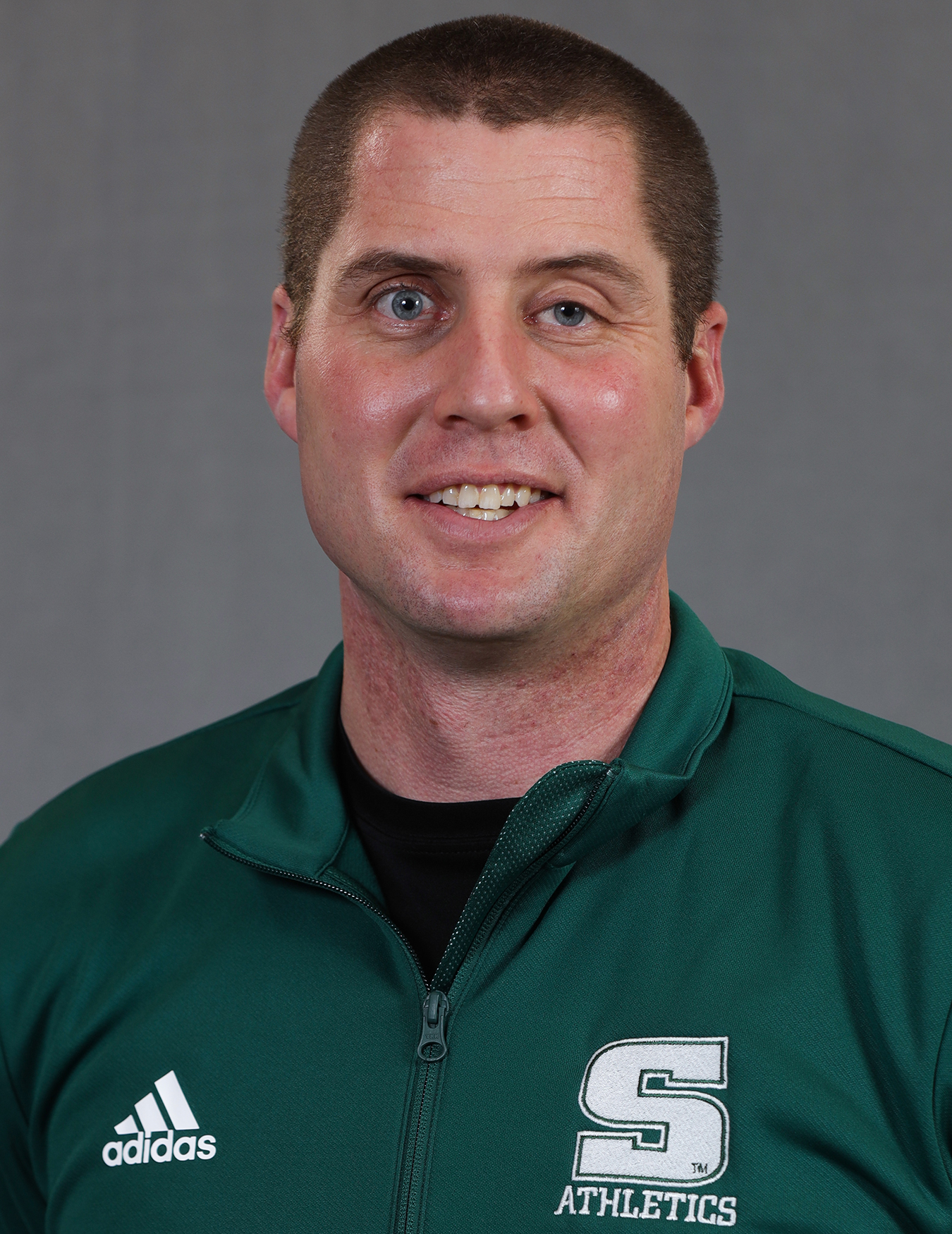
Bill Jordan: The Quiet Gunfighter Who Shaped Modern Marksmanship
In the annals of American law enforcement and firearms expertise, few names resonate with the quiet authority and profound influence of Bill Jordan. Far from the swaggering, cinematic gunfighter, Jordan was a soft-spoken Texan whose legendary speed, surgical accuracy, and incisive wisdom transformed the way police officers trained and carried their sidearms. A decorated Marine, a veteran of the U.S. Border Patrol, and an acclaimed author, Jordan’s life was a testament to the power of dedication, mental discipline, and an unwavering commitment to excellence in the face of danger. He was, in essence, the unseen architect of modern marksmanship, a man whose legacy continues to shape the skills that save lives every day.
Born in 1911 in Louisiana, William F. Jordan’s formative years were spent in the vast, rugged landscapes of Texas, where the practical application of firearms was often a necessity rather than a sport. This upbringing instilled in him a profound respect for the tools of defense and the responsibilities that came with them. His early life also saw him serving with distinction in the U.S. Marine Corps, a period that further honed his discipline and marksmanship. During World War II, Jordan saw combat in the Pacific Theater, an experience that undoubtedly cemented his understanding of the critical role a reliable sidearm and a steady hand played in survival.
However, it was his tenure with the U.S. Border Patrol, which he joined in 1935, that truly forged Bill Jordan into the legend he would become. For nearly three decades, Jordan patrolled the unforgiving borderlands, a vast and often lawless territory where encounters with smugglers, drug runners, and armed criminals were a stark reality. In this environment, a handgun was not merely a symbol of authority but a vital instrument of survival, and Jordan’s life often depended on his ability to draw and fire with blinding speed and unerring precision.
It was during these years that Jordan’s reputation as an almost preternatural shooter began to grow. He wasn’t just fast; he was combat effective. His philosophy was simple: the first shot counts, and it must be accurate. While many focused on sheer speed, Jordan understood that speed without accuracy was merely noise. He practiced relentlessly, not just on the range, but mentally rehearsing every possible scenario, every draw stroke, every sight picture. This meticulous preparation transformed him into an exhibition shooter of unparalleled skill, capable of hitting targets with a .357 Magnum in fractions of a second that most could barely register. One of his most famous feats involved drawing and firing six shots from his revolver into a teacup-sized group in an astonishing 0.8 seconds – a demonstration of controlled violence that remains legendary.
Jordan’s choice of sidearm was as influential as his technique. He was a staunch advocate for the .357 Magnum cartridge, particularly in the Smith & Wesson K-frame revolver. He believed the .357 offered the optimal balance of power, accuracy, and manageable recoil for law enforcement applications. His preference for the K-frame, particularly the Model 19 (which he helped design and was sometimes called the "Combat Magnum"), contributed significantly to its widespread adoption among police forces across the nation. This wasn’t just about the gun itself, but about a holistic system: the right gun, the right cartridge, and the right holster.
Recognizing the need for a practical, fast-access holster for duty use, Jordan collaborated with holster makers like Tom Threepersons and later Don Hume. The result was the iconic "Jordan Border Patrol" holster, a high-ride, thumb-break design that became the standard for many law enforcement agencies. Its design allowed for a rapid, unobstructed draw while securely retaining the firearm, reflecting Jordan’s emphasis on both speed and safety. The holster, much like the man, was a blend of efficiency, practicality, and thoughtful engineering born from real-world experience.
But Bill Jordan’s influence extended far beyond his personal prowess with a pistol. He was a gifted communicator and a natural teacher, qualities that would solidify his legacy for generations to come. He understood that his skills, honed over decades, needed to be codified and shared. This led to his most enduring contribution: the seminal book, "No Second Place Winner," published in 1965.
"No Second Place Winner" is not merely a technical manual on shooting; it is a profound treatise on the mindset of a gunfighter. Jordan delved into the psychological aspects of combat, the importance of mental preparation, the nuances of threat assessment, and the absolute necessity of decisive action. He famously stated, "The will to win is important, but the will to prepare is vital." This philosophy permeated every chapter, urging readers to understand that marksmanship was not just about trigger control and sight alignment, but about a complete system of mental and physical readiness.
The book became an instant classic, required reading for countless police academies, military units, and civilian shooters. Its clear, concise language, combined with Jordan’s undeniable credibility, made it a powerful tool for elevating the standards of handgun training. He emphasized natural point of aim, the importance of a smooth, consistent draw, and the critical role of follow-through. His insights into the "fast draw" demystified it, revealing it not as a parlor trick, but as a perishable skill requiring constant practice and mental conditioning.
Beyond his book, Jordan contributed numerous articles to various firearms publications, sharing his wisdom on everything from bullet selection to tactical considerations. He also served as a highly sought-after instructor, traveling to train law enforcement agencies, including the FBI at their Quantico academy. His calm demeanor and approachable teaching style belied his formidable skills, making him an incredibly effective mentor. He taught officers how to think under pressure, how to react instinctively, and how to harness their adrenaline rather than succumb to it.
What truly set Bill Jordan apart was his humility. Despite his almost mythical abilities, he remained a grounded, gentlemanly figure. He never boasted, never sought the spotlight, and always attributed his skills to relentless practice and the harsh realities of his profession. He understood that in the world of law enforcement, there were no second chances, and that competence was a moral imperative. This quiet confidence, rooted in genuine mastery, made him all the more revered.
Bill Jordan passed away in 1997, but his influence continues to reverberate throughout the firearms community. The "Jordan carry" (referring to his preference for carrying a revolver with the hammer down on an empty chamber, or sometimes a loaded chamber with an empty chamber under the hammer, for safety while riding horseback), the Jordan holster, and the K-frame .357 Magnum remain iconic symbols of an era of practical, no-nonsense marksmanship. More importantly, his teachings on mental preparation, the fusion of speed and accuracy, and the ethical considerations of using deadly force are foundational principles for anyone who carries a firearm, whether for duty, sport, or self-defense.
In an age often captivated by flash and sensationalism, Bill Jordan stands as a reminder that true mastery is often forged in quiet dedication, rigorous practice, and a deep understanding of one’s craft. He was more than a fast shot; he was a thoughtful practitioner, a dedicated teacher, and a humble legend whose insights into the art of the handgun continue to save lives and define the standards of modern marksmanship. His legacy is etched not just in the pages of his books, but in the confident stance of every officer who effectively and safely draws their sidearm, a testament to the enduring wisdom of the quiet gunfighter from the Texas borderlands.




